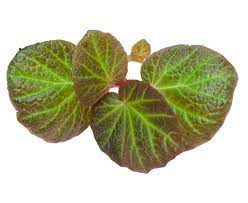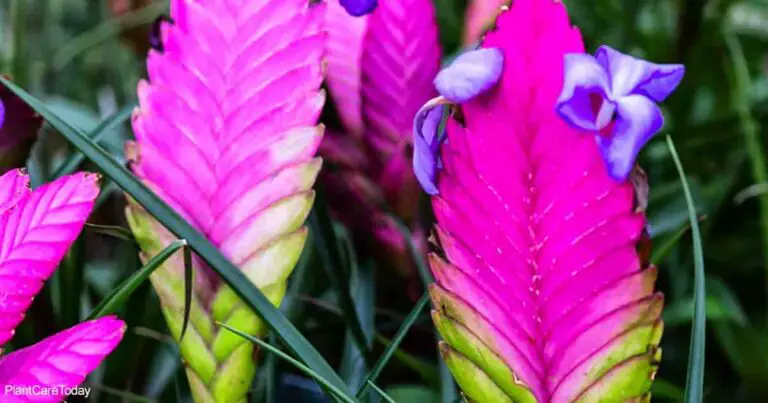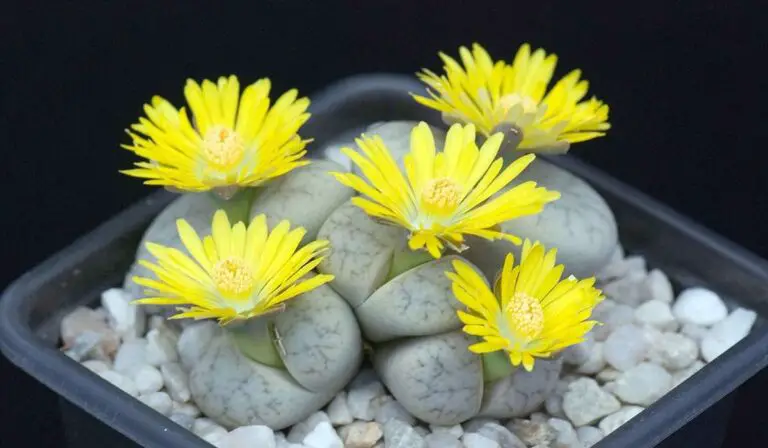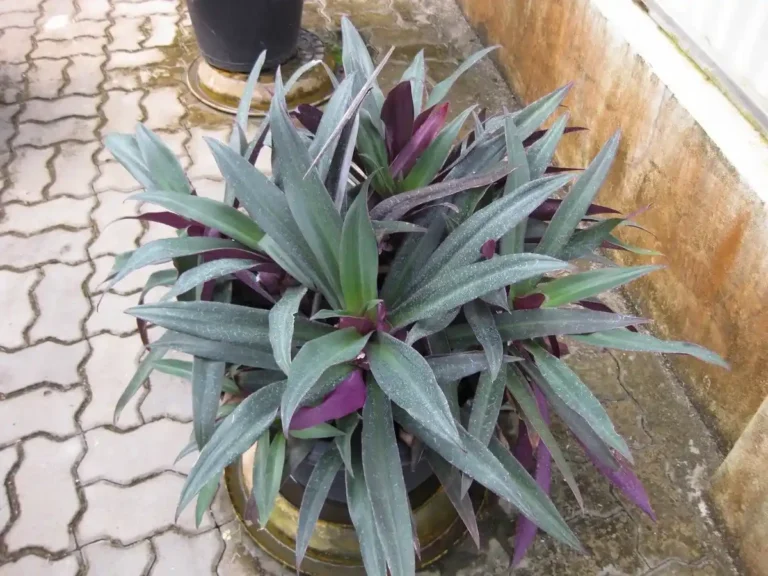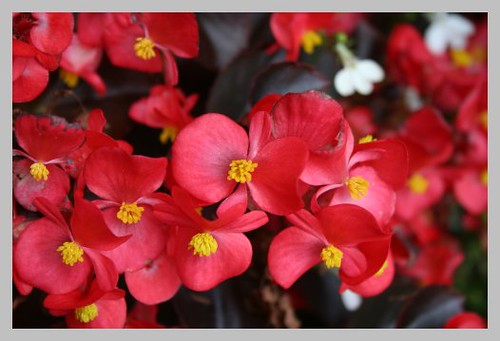Introduction
Welcome to our comprehensive guide on cultivating and caring for mini Monstera house plants. In this article, we will provide you with expert advice and detailed instructions to help you successfully grow and maintain these captivating plants. Mini Monstera, scientifically known as Rhaphidophora tetrasperma, has become increasingly popular due to its unique leaf shape and compact size. By following our recommendations, you’ll be able to create an optimal environment for your mini Monstera and enjoy its beauty for years to come.
Understanding Mini Monstera
Mini Monstera is a tropical plant native to Thailand and Malaysia. While it resembles the larger Monstera deliciosa, it is not a true Monstera species. Mini Monstera, also referred to as “Ginny Philodendron” or “Philodendron Piccolo,” belongs to the Araceae family.
Appearance and Leaf Structure
Mini Monstera showcases glossy, heart-shaped leaves with natural perforations and splits. The leaves can grow up to 12 inches in size, creating an enchanting display of foliage. The unique leaf patterns contribute to its appeal and bear a resemblance to the larger Monstera species.
Lighting Requirements
To ensure the thriving growth of mini Monstera, it is essential to provide bright, indirect light. Position the plant near a north or east-facing window, where it can receive ample sunlight without direct exposure. If the leaves appear pale or yellow, it may indicate inadequate light. Conversely, excessive direct sunlight can scorch the leaves, so it’s crucial to strike a balance.
Temperature and Humidity
Mini Monstera thrives in a warm and humid environment. Ideally, maintain temperatures between 65°F and 75°F (18°C – 24°C). Avoid exposing the plant to cold drafts or sudden temperature fluctuations as it can cause stress and hinder growth. Increasing humidity can be achieved by using a humidifier, placing the plant on a pebble tray with water, or regular misting.
Planting and Potting Mix
Selecting the Right Pot
Choosing an appropriate pot is vital for the health and growth of your mini Monstera. Opt for a pot with drainage holes to prevent waterlogging, which can lead to root rot. Additionally, select a pot that allows some room for the plant to grow but not excessively large, as mini Monstera prefers a slightly snug fit.
Ideal Potting Mix
A well-draining potting mix is essential for mini Monstera plants. We recommend a combination of peat moss, perlite, and orchid bark in a ratio of 2:1:1. This mixture ensures proper aeration, moisture retention, and prevents waterlogging.
Planting Process
- Begin by placing a layer of the potting mix at the bottom of the pot.
- Carefully remove the mini Monstera from its nursery container, handling the roots with care.
- Gently loosen the roots and place the plant in the new pot, ensuring it sits at the same depth as before.
- Fill the remaining space with the potting mix, gently pressing it to secure the plant in place.
- Thoroughly water the plant to settle the soil and eliminate any air pockets.
Watering and Fertilization
Watering Guidelines
Proper watering is crucial for the health of your mini Monstera. Allow the top inch of soil to dry out before watering again. Overwatering can lead to root rot, so it’s important to avoid excessive moisture. However, ensure the plant receives adequate hydration, especially during warmer months or when placed in drier environments.
Fertilizer Recommendations
Mini Monstera plants benefit from regular fertilization during the growing season, from spring to early fall. Use a balanced, water-soluble fertilizer with a ratio of 20-20-20 or a specialized houseplant fertilizer. Follow the instructions on the fertilizer packaging for the correct dosage and frequency. Dilute the fertilizer to prevent any adverse effects on the plant’s roots.
More indoor plants
Pruning and Maintenance
Pruning for Optimal Growth
Regular pruning helps maintain the shape and appearance of your mini Monstera plant. Promptly remove any yellow or dead leaves to promote healthy growth. Additionally, if the plant becomes leggy or unruly, trim back the vines to encourage bushier growth.
Cleaning the Leaves
Dust and debris can accumulate on the leaves of your mini Monstera, impeding its ability to photosynthesize. Periodically wipe the leaves gently with a damp cloth or sponge to keep them clean and free from dust.
Common Pests and Diseases
While mini Monstera plants are generally resistant to pests and diseases, a few common issues may arise. Here are some potential problems to be aware of:
- Spider Mites: These tiny pests can infest the leaves, causing discoloration and webbing. Use a suitable insecticidal soap or neem oil to control the infestation.
- Mealybugs: Mealybugs are small, white insects that gather on the undersides of leaves. Remove them manually or apply a gentle insecticidal soap.
- Root Rot: Overwatering or poor drainage can lead to root rot. Ensure appropriate watering practices and utilize a well-draining potting mix to prevent this issue.
Conclusion
Congratulations! You are now equipped with the knowledge and guidance to successfully cultivate and care for your mini Monstera house plant. By following our expert recommendations regarding lighting, temperature, potting, watering, and maintenance, you can create an ideal environment for your plant to thrive. Regularly monitor your mini Monstera for signs of pests or diseases and take prompt action if necessary. With patience and care, your mini Monstera will reward you with its captivating foliage, bringing a touch of tropical elegance to your home.

